
By Vijay Juneja and John N. Sofos
Pathogens and Toxins in Foods: Challenges and Interventions offers a farm-to-table approach to food safety that enables readers to control microbial pathogens and toxic agents at all stages of the food supply chain. The book begins with chapters that help readers understand the characteristics of specific pathogens and toxins, the illnesses they cause, and the factors such as food processing operations that affect their survival and growth in food products.
Further, the chapters in the book explore the most recent advances in biological, chemical, and physical interventions to control food-borne hazards during preharvest, harvest, food processing, and in retail ready-to-eat foods and food service operations. Also included are chapters that discuss the latest methods to rapidly detect food-borne pathogens as well as the implementation of comprehensive food safety management systems.
Each chapter has been written by one or more leading experts in the field of food safety. Their advice is based on a thorough investigation of the literature as well as their own first-hand experience. In short, by drawing from hundreds of sources, this book offers food safety professionals a unique, single reference containing the latest understanding of food-borne hazards as well as the latest methods to detect and control their incidence.
Features
Features:
- Investigates the microbial pathogens and toxic agents that threaten the global food supply
- Covers all stages of the food supply chain from farm to table
- Presents tested and proven intervention strategies to control food-borne hazards
- Offers sound advice based on an analysis of the latest findings from the scientific literature
- Sets the foundation for new approaches to control food-borne hazards and decrease the incidence of food-borne illnesses
Table of Contents
- 1. Bacillus cereus and Other Bacillus spp.
- 2. Campylobacter jejuni and Other Campylobacters
- 3. Clostridium botulinum
- 4. Clostridium perfringens
- 5. Diarrheagenic Escherichia coli
- 6. Listeria monocytogenes
- 7. Salmonella
- 8. Staphylococcal Food Poisoning
- 9. Shigella
- 10. Pathogenic Vibrios in Seafood
- 11. Yersinia enterocolitica and Yersinia pseudotuberculosis
- 12. Other Bacterial Pathogens: Aeromonas, Arcobacter, Helicobacter, Mycobacterium, Plesiomonas, and Streptococcus
- 13. Food-Borne Parasites
- 14. Human Pathogenic Viruses in Food
- 15. Seafood Toxins
- 16. Biogenic Amines in Foods
- 17. Fungal and Mushroom Toxins
- 18. Critical Evaluation of Uncertainties of Gluten Testing: Issues and Solutions for Food Allergen Detection
- 19. Naturally Occurring Toxins in Plants
- 20. Chemical Residues: Incidence in the United States
- 21. A European Food Safety Perspective on Residues of Veterinary Drugs and Growth-Promoting Agents
- 22. Prions and Prion Diseases
- 23. Interventions for Hazard Control in Foods Preharvest
- 24. Interventions for Hazard Control in Foods during Harvesting
- 25. Interventions for Hazard Control during Food Processing
- 26. Interventions for Hazard Control in Retail-Handled Ready-To-Eat Foods
- 27. Interventions for Hazard Control at Food Service
- 28. Recent Developments in Rapid Detection Methods
- 29. Molecular Subtyping and Tracking of Food-Borne Bacterial Pathogens
- 30. Food Safety Management Systems
- Index

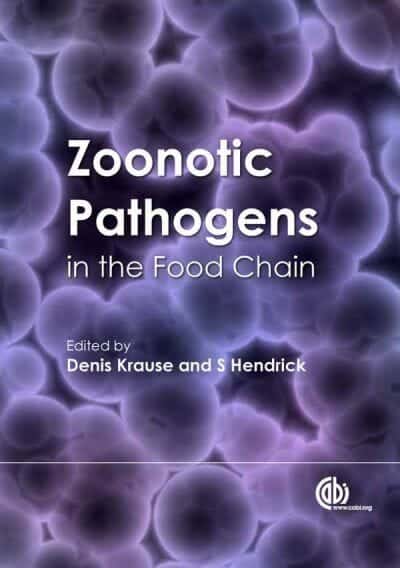

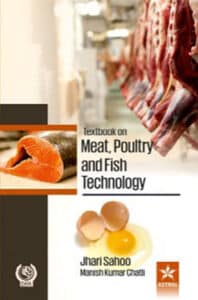
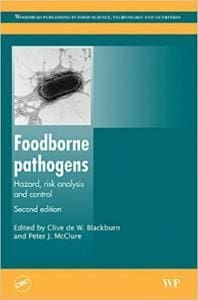

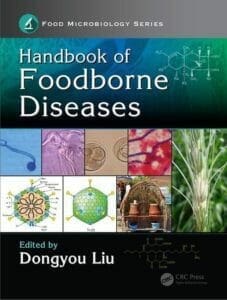



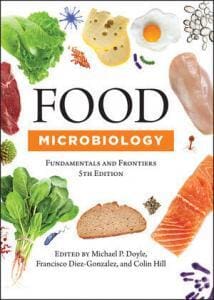








![Ettinger’s Textbook of Veterinary Internal Medicine 9th Edition [PDF+Videos] Ettinger’s Textbook of Veterinary Internal Medicine 9th Edition [True PDF+Videos]](https://www.vet-ebooks.com/wp-content/uploads/2024/10/ettingers-textbook-of-veterinary-internal-medicine-9th-edition-100x70.jpg)





